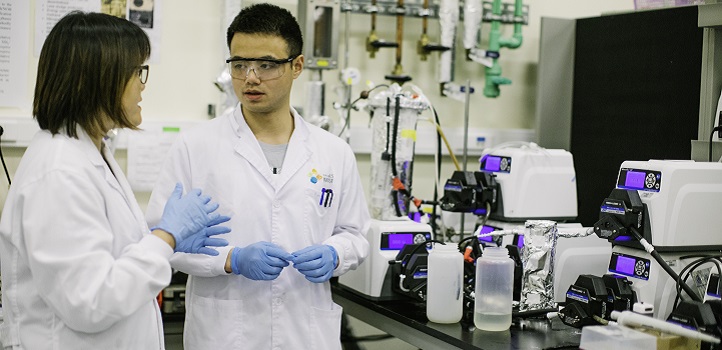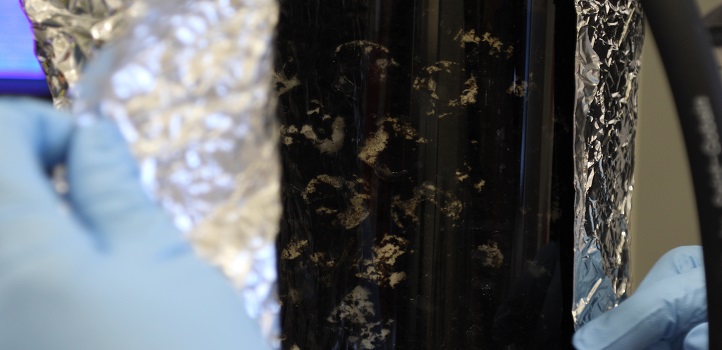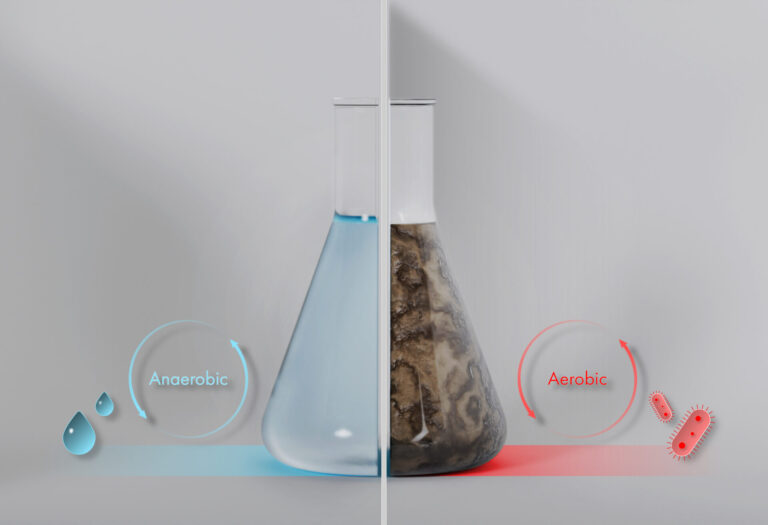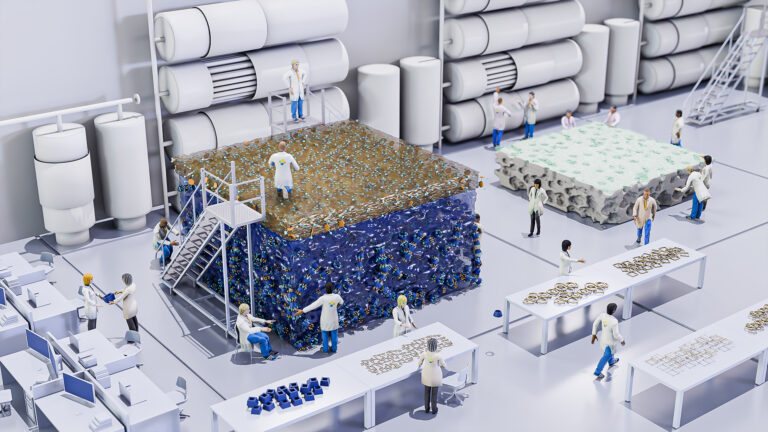Environmental Science and Engineering
Grime does pay when it comes to wastewater filters
A grimy layer on wastewater filters could slow the spread of antibiotic resistance.

Accumulating grime on sewage treatment membranes has long been considered a problem, yet it may help remove antibiotic-resistant bacteria and antibiotic resistance genes from wastewater that is treated in anaerobic membrane bioreactors.
Because wastewater is laced with antibiotics used in hospitals, homes and agriculture, treatment plants are potential hotspots for bacteria to develop resistance and transfer resistance genes between species.
Pei-Ying Hong of KAUST’s Water Desalination and Reuse Center, together with her Ph.D. student Hong Cheng, wanted to know how the biofouling, or buildup of grime, of membranes that filter pollutants from sewage affects their ability to filter antibiotic-resistant bacteria and bacterial antibiotic resistance genes.
“The conventional wisdom is that biofouling is a problem and, as engineers, we would like to eradicate the biofoulant layer because it hinders the flow of water,” explains Cheng. “But, our study showed that biofouling can help remove contaminants from wastewater by functioning as a layer that adsorbs them.”
Hong and Cheng used a lab-sized bioreactor fed with synthetic wastewater containing three types of antibiotic-resistant bacteria and three types of antibiotic resistance genes.
The experimental reactor treats wastewater using nonoxygen-consuming, or anaerobic, microorganisms that consume and degrade its solid materials and pollutants. Anaerobic membrane bioreactors have potential as sustainable alternatives to the aerobic membrane bioreactors. The aerobic ones use oxygen-consuming microorganisms to degrade pollutants, requiring lots of energy to aerate the system.
The treated wastewater was filtered through three increasingly fouled membranes. These results were compared with similarly treated wastewater filtered through a new, clean membrane.
Hong and Cheng found the removal of antibiotic resistance genes from the treated wastewater improved as the biofoulant layer on the membranes thickened.
But removal of the antibiotic-resistant bacteria did not follow the same pattern.
The new, unfouled membrane removed up to 99.999 percent of the bacteria from the wastewater. As the biofoulant layer started accumulating, this efficiency dropped to 99 percent, but then rose again to 99.999 percent when the anaerobic membrane became critically fouled, a phase where the biofoulant layer no longer thickens.
“This suggests that long-term operation of anaerobic membrane bioreactors may be beneficial,” says Cheng.
“These results mean that membranes made with surface coatings that mimic biofoulant layers could help remove undesirable contaminants from wastewater,” says Hong, “including those that spread antibiotic resistance.”
The team plans to scale up their bioreactor to treat wastewater generated locally by the KAUST community. They are also collaborating with Ikram Blilou from the Plant Sciences program to test the use of the reactor’s treated wastewater for irrigating agricultural crops.
“We hope this multidisciplinary study involving expertise from applied microbiology, engineering and plant sciences will provide a comprehensive outlook on how to best use treated water,” says Hong.

Anaerobic bacteria attach themselves on packing media placed inside the anaerobic bioreactor,
© 2018 KAUST
References
- Cheng, H. & Hong, P. Removal of antibiotic-resistant bacteria and antibiotic resistance genes affected by varying degrees of fouling on anaerobic microfiltration membranes. Environmental Science & Technology 51, 21 12200–12209 (2017).| article
You might also like

Environmental Science and Engineering
Combat climate change by eliminating easy targets

Environmental Science and Engineering
Wastewater treatment to fight the spread of antibiotic resistance

Bioscience
Digging into the world of plant-growth-promoting microbes

Bioscience
Unique microbiome discovered in mountain streams

Chemical Engineering
Unveiling the role of biomass-burning aerosols in atmospheric reactions

Chemical Engineering
Precision separations with perfect pores

Environmental Science and Engineering
Practical support for building sustainability into our cities

Environmental Science and Engineering




